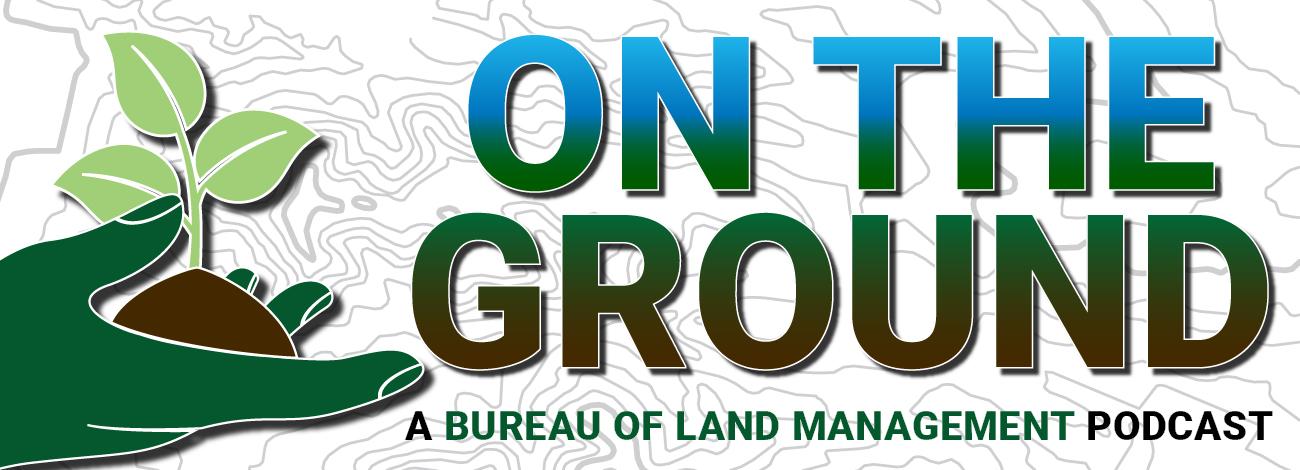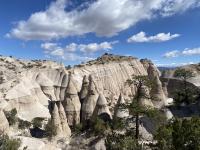
You are listening to On the Ground, a conversational podcast where we talk to the various scientists, firefighters, land managers, and all around fascinating people at the Bureau of Land Management. Join us as we talk about conservation, recreation, and commercial uses for your public lands.










